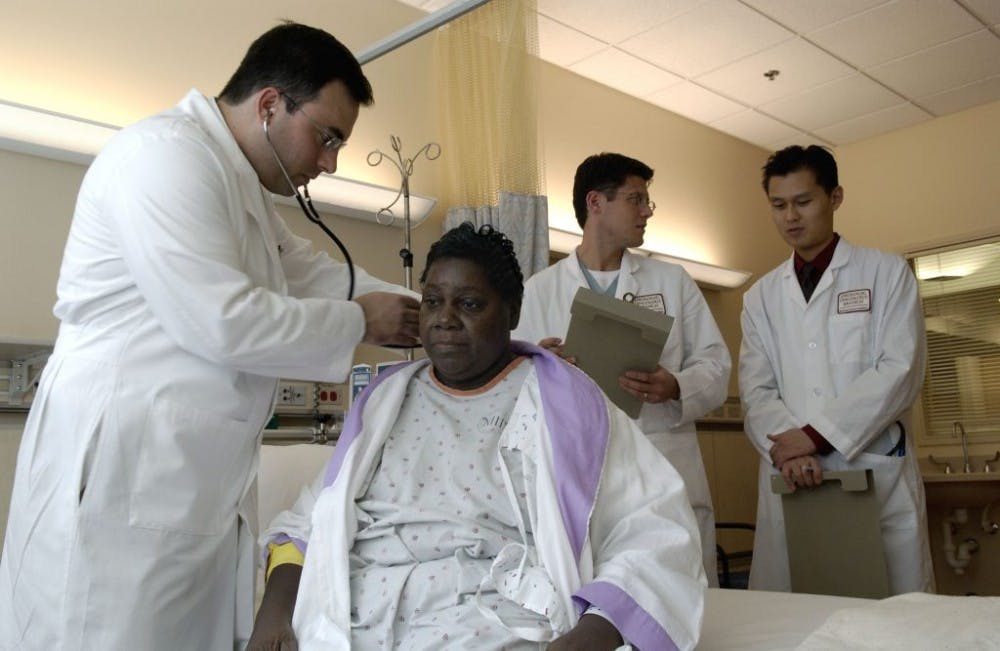Each year, patients around the world have to wait for tissue and organ donors, creating a bottleneck in the health care system. Increasingly, scientists have looked for artificial organs or regeneration techniques to alleviate this problem.
Seven years ago, a team of researchers took a step toward regenerating human tissues by implanting a metal stent and regenerative tissue matrix into the esophagus of a 24-year-old patient. Now, researchers report that seven years after the operation and four years after the stents were removed, the patient has no difficulty with swallowing and eating.
The patient was admitted to the hospital as a result of a serious infection from a disrupted esophagus. The abscess destroyed the esophageal segment of the esophagus and the wound was too big for repair. The patient then gave consent for regenerative therapy and the local institutional review board approved the procedure due to clinical necessity. In addition, the procedure only used items that are already FDA-approved.
Physicians first placed metal stents to maintain the structure of the esophagus and created a bridge for the wound. The site of injury was then covered with a commercially available tissue matrix designed to help esophageal recovery. To prevent platelet activation, doctors created a platelet-rich plasma (PRP) from patient blood and sprayed the solution over the tissue matrix. PRP is thought to secrete platelet-derived growth factors which can bind to the tissue matrix and facilitate tissue growth. Physicians finished the surgery by covering the graft with the sternocleidomastoid muscle located along the neck.
After surgery, the graft showed no leakage, and the patient was given an oral fluid diet. At discharge, the patient was able to tolerate soft foods and was advised to have the stent removed after 12 weeks. Because of concerns regarding leakage resulting from stent removal, the patient did not have the stent removed until three years later when he suffered from recurrent difficulties in swallowing due to ulcers. When the stent was removed, researchers observed normal mucosa and a stratified squamous epithelium — the normal tissue layers — at the graft site. After four years, the patient was able to maintain his weight through an oral diet and have no difficulties swallowing.
The patient was given swallowing tests that allowed researchers to observe muscle movements during swallowing. The regenerated muscles could push water down the esophagus and into the stomach in various positions, suggesting a restored esophageal function.
The procedure is novel as a first human regenerative therapy that restores tissue function. However, doctors could not determine the timescale of the regeneration process due to delayed stent removal. This procedure can be a promising alternative to artificial tissues since it utilizes FDA-approved products that are commercially available and does not require complex engineering.





